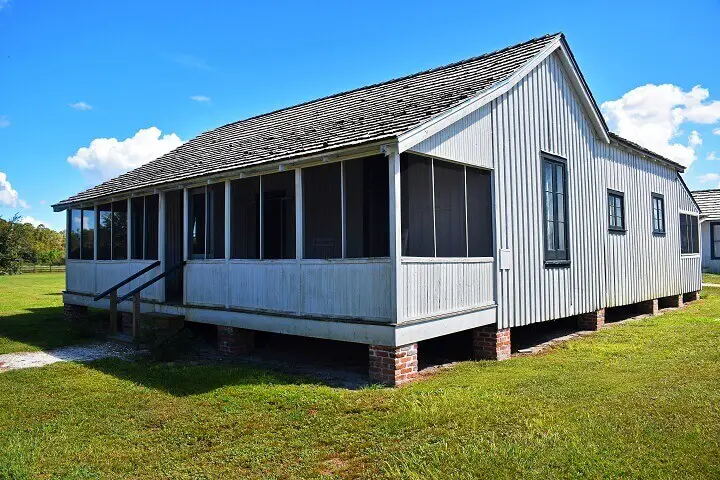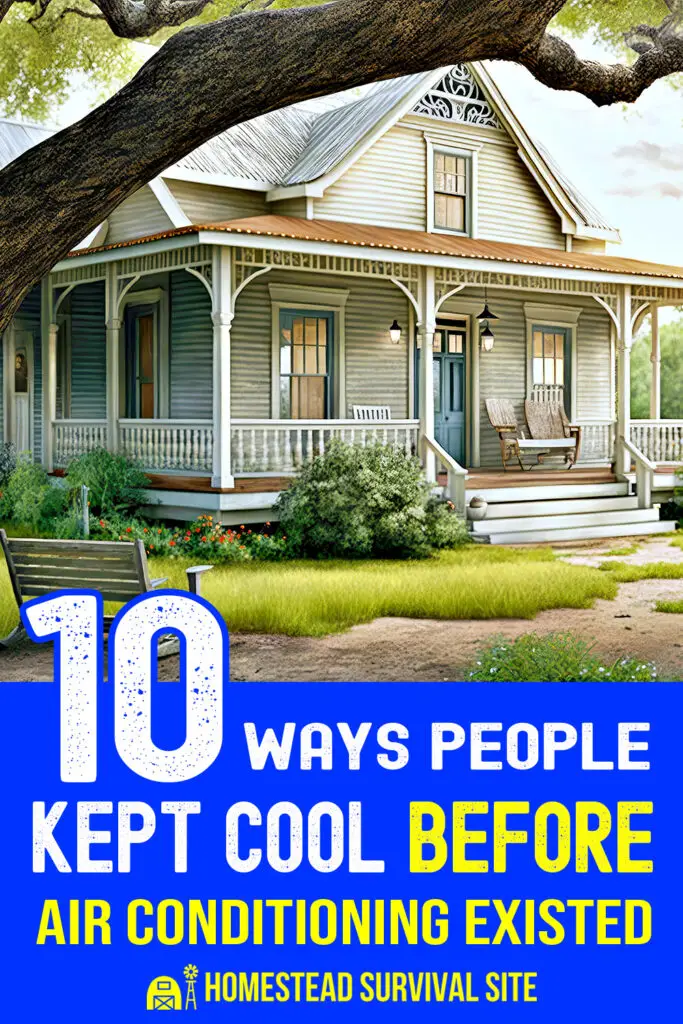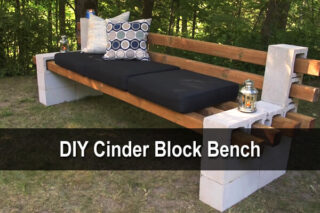Estimated reading time: 6 minutes
No matter where you live, warmer temperatures often mean that the heat is coming. Many homesteaders live on farms with century-old houses that may not have central cooling. Some smaller homesteaders in the city may not have access to whole-house cooling systems.
While many in the Western culture believe that air conditioning is a right and not a luxury, there are plenty of ways that our ancestors kept cool without using modern technology. Check out these 10 ways people kept cool before air conditioning existed.
Want to save this post for later? Click Here to Pin It On Pinterest!
Cross Ventilation
Homesteaders from the past knew and understood how cross ventilation could significantly cool down a home. This method involves two access points in the house that allow air to circulate. Cross ventilation takes advantage of the natural effect that hot air rises to the top of the room.
Opening a small window near the bottom of the room allows wind to enter the home, while an open window near the top of the room pushes out the hot air.
Many older homes have double-hung windows precisely for this purpose so that some can be opened on the bottom while others can be opened at the top. Both windows were closed during the heat of the day and then reopened towards dusk.
Window Coverings
Many homes today have window coverings that are often used for decorative purposes. However, people in the past used window coverings to help cool down their homes. Window coverings help block the heat and sunlight that enters a home, resulting in warmer inside temperatures.
A heavy curtain or shade can significantly reduce the amount of heat in a room, especially when factoring in glare and reflected light.
Correct Clothing
Choosing the wrong fabric for a hot day can ruin your day and cause serious medical issues. Before air conditioning was invented, people were more in tune with the fact that darker colors attracted the sun while lighter colors did not.
Even if societal standards required almost everyone to be covered up for modesty, a lighter fabric color could mean a world of difference. This is why many residents in warm and tropical climates wear head-to-toe white clothing to help keep their bodies cooler in the hot sun.
Hanging Wet Bed Sheets
Never underestimate the power of water when it comes to beating the heat. When air conditioning wasn't an option, and the heat was bearing down, many homesteaders used wet bed sheets to help cool down the home.
They would wet the sheets down in cold water and then hang them in front of an open window to cause a natural cooling effect. As the wind blew into the house, the air was cooled down by the water in the sheet.
Sod Roofs and Houses
People knew that the ground was always cooler than the air in the summer months. This is why many chose to roof their homes with sod to help insulate the home from hot summer temperatures and cold winters.
Dirt is a natural insulator, and sod roofs did well to cool down a home from the top. Another option included building a sod house during the brutal summer months. Sod houses were often dug into the dirt and provided little space but a lot of shade and cool temperatures.
Altered Work Schedules
In our current world, many of us don't think twice about going out to work in the heat of the day because we usually have access to air conditioning. However, people in the past understood that working in the middle of a workday outdoors could be catastrophic.
Work schedules were changed to coincide with the cooler parts of the day when there was still enough sunlight. Work started at the crack of dawn, and then people often retreated to homes or shade to wait out the hot midday sun. Work then picked back up toward evening.
Delayed Cooking or Baking
Another way past homesteaders stayed cool involves the baking and cooking times of the day. Standing over a hot stove or fire during the heat of the day just doesn't make sense.
Cooking and baking happened at night to help cut down on the overall heat inside the home. This meant that many breakfasts and lunches were eaten at room temperature to cut down on excess heat as well.

Take a Dip
When water pulled from the well got too hot in a matter of minutes, many homesteaders were regulars at their local swimming hole. Using the natural coolness of creeks, lakes, and rivers helped cool down the body and offered a welcome reprieve from the heat.
When the top of the water got too warm, you could always find cooler water with a deep dive or two.
Sleeping Porches
When it was too hot to even sleep in the house, many families created sleeping porches where they could get a good night's rest in the evening breeze. Even if the air was still warm, it was likely that the movement of air at night on the porch was cooler than the stifled air indoors.
Bug nets or screened doors and windows were part of the sleeping porch to ward off feeding mosquitoes that often would bite at dusk.
Handheld Fans
While handheld fans are still prevalent in the south, especially in churches, they were a staple in past generations. Every proper lady had a handheld fan that they could quickly open and use when the temperatures started to climb.
These fans were often connected to a wristlet for easy access anytime. When the heat was unbearable, a lady could always access a fan to keep cooler. There was also an entire fan communication system to give silent answers and signals as well.
Knowing how to stay cool in the summer months is a critical part of homesteading. Air conditioning is always nice, but we can't rely on the power grid to hold up when SHTF. Understanding these older ways to stay cool could be the difference between life and death for those homesteaders who are particularly susceptible to heat issues or live in an extreme climate.
Like this post? Don't Forget to Pin It On Pinterest!












Granted, you need electricity for this one, but if your A/C breaks and no solution in near term you can take a bucket of ice, put a fan behind/over it and presto… cold air moving about.
You can get creative with methods to make this more efficient, such as insulating the ice receptacle, channeling ALL of the air above the ice so that none is wasted or heated prior to moving, or creating a hood over the ice to the back of the fan and using the fan to pull the air, rather than pushing it.
could sleep inside the bath tub? of course it’s a joke. I agreed people are too reliant on AC and they would be in trouble when electricity is out during the summer.
There may still be some old house setups where the kitchen was a separate building on the property as well as the outhouse being separate. The main house was for entertaining guests/dinner and for sleeping. Believe I read somewhere where some homes had a separate building for clothes washing and drying lines.
The separate kitchens were typically called outdoor kitchens.
I built one for my wife for cooking over long durations in summer, primarily when she is canning our abundance of garden crops.